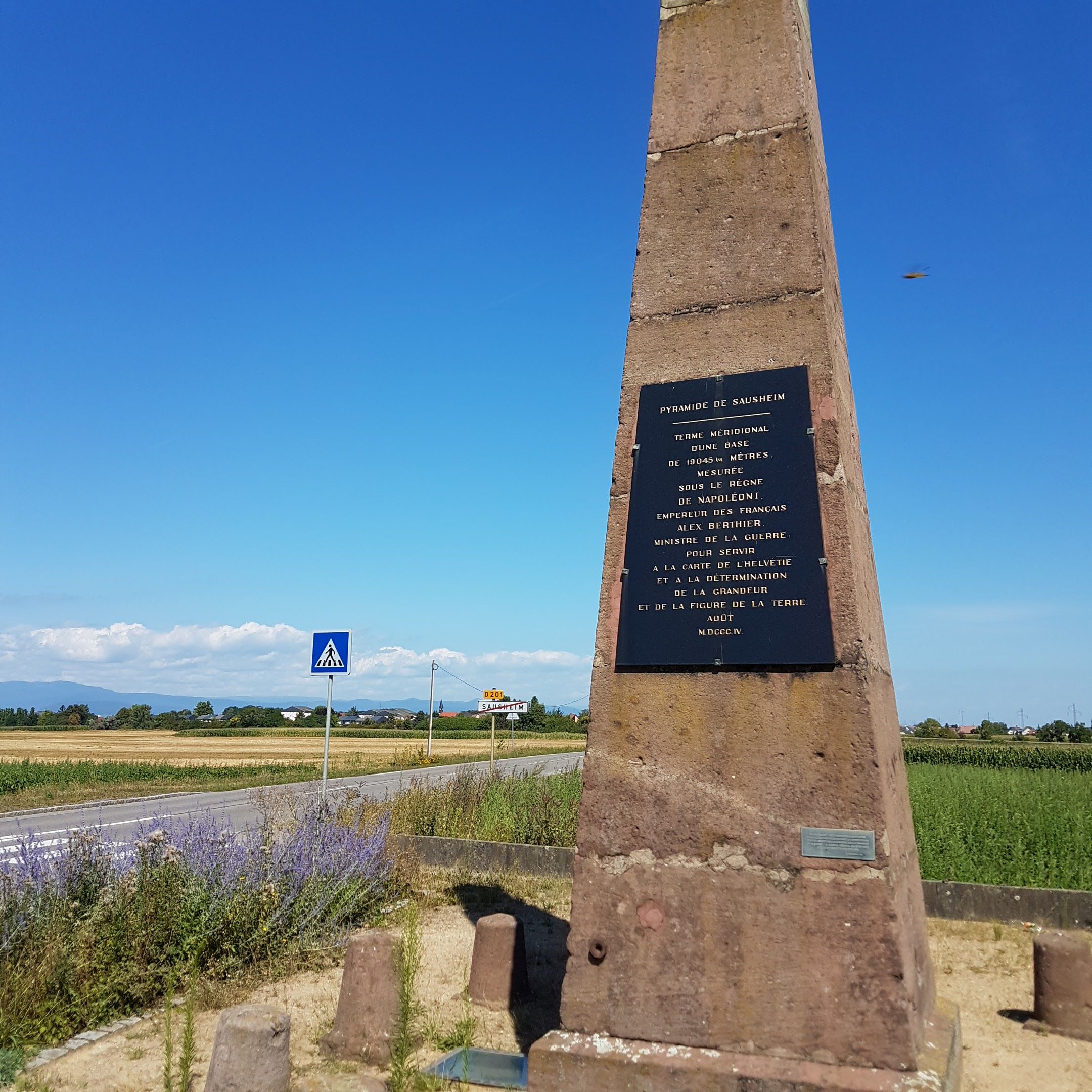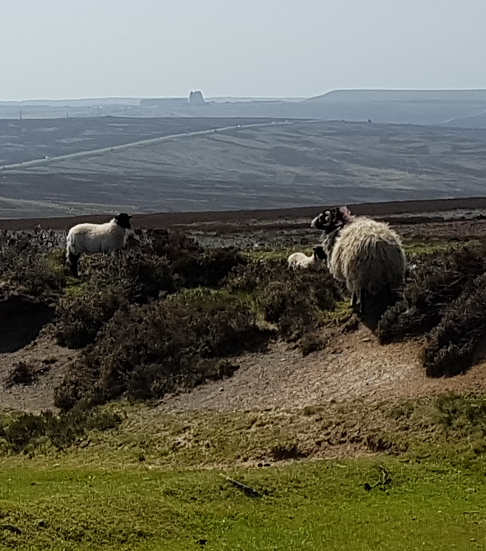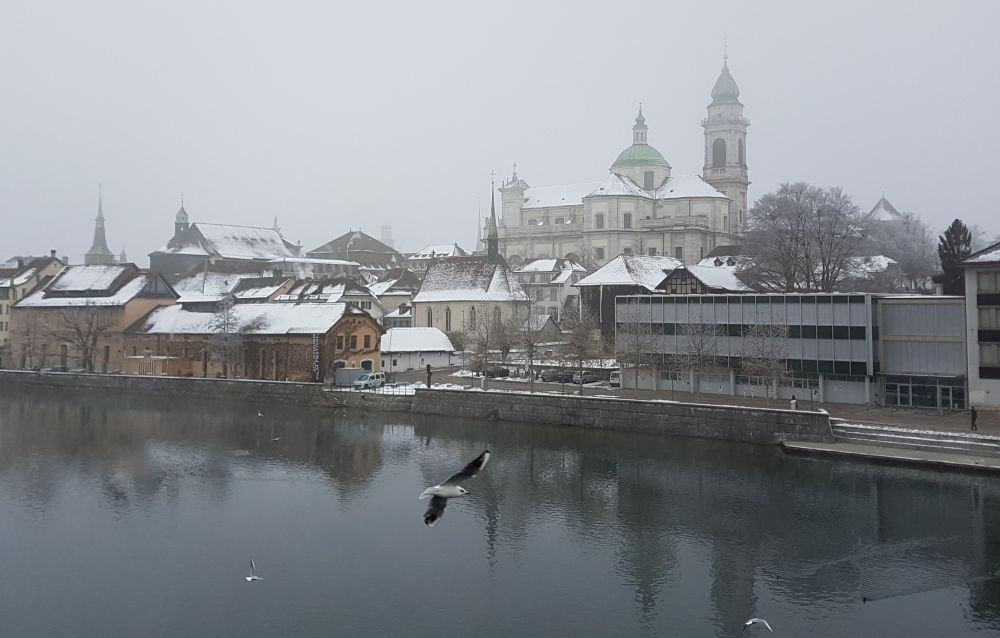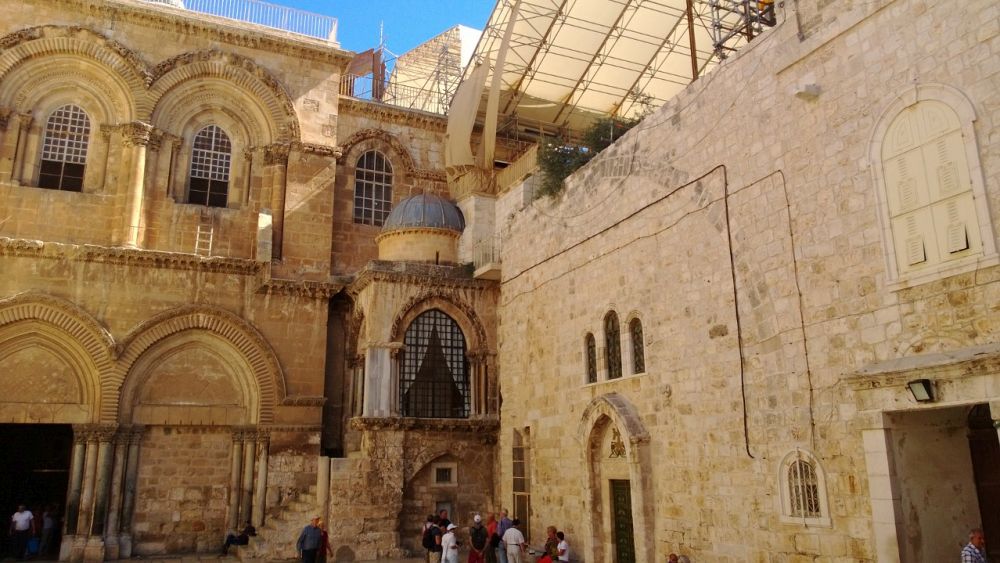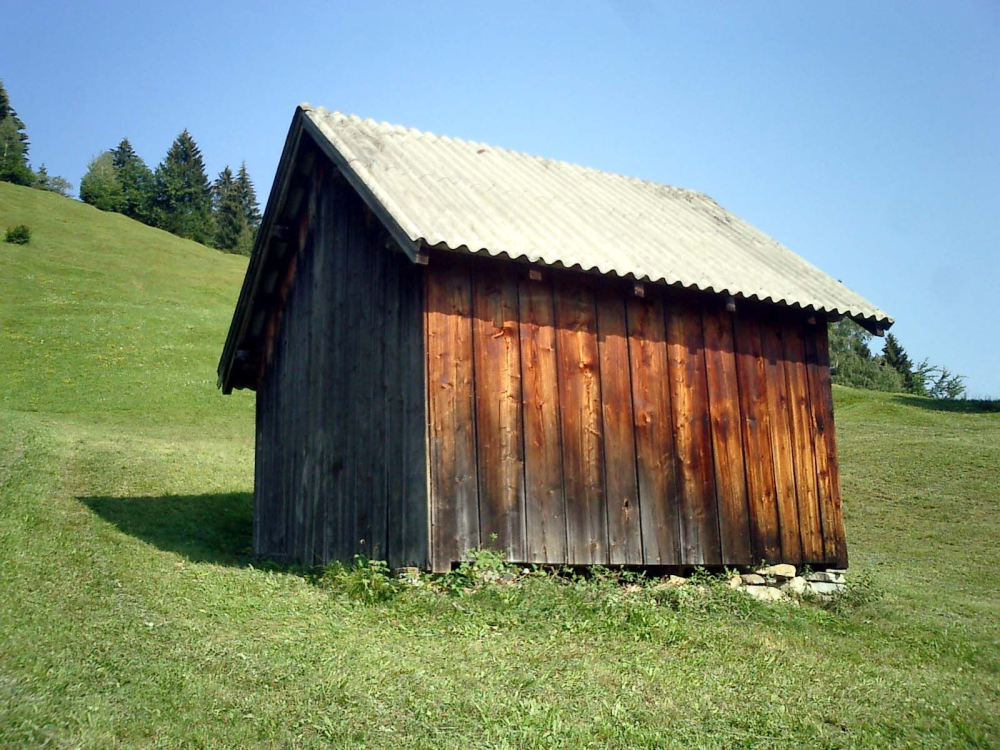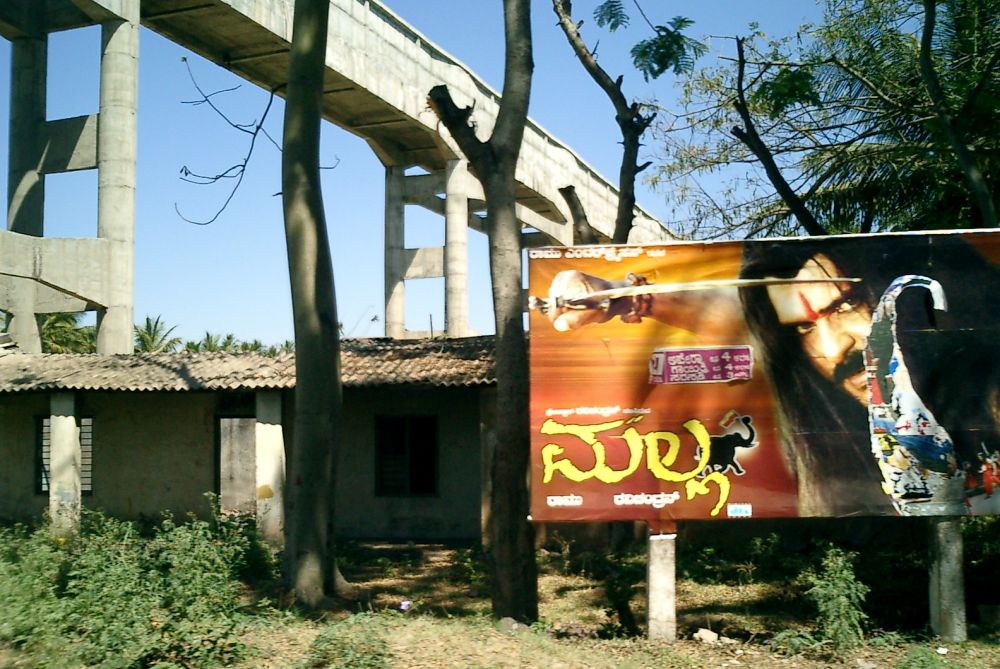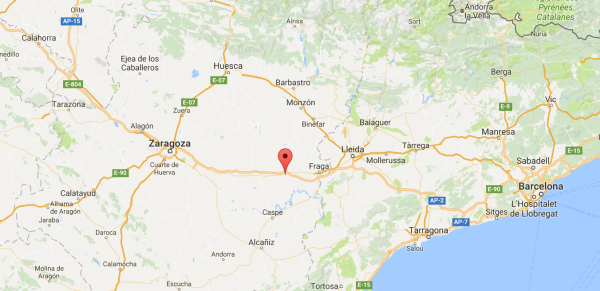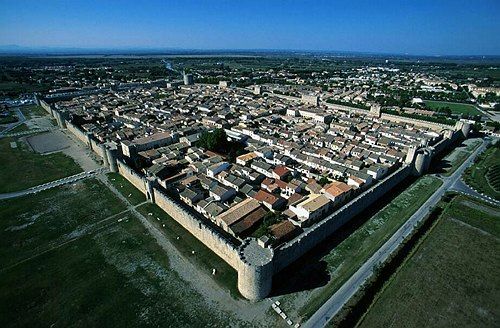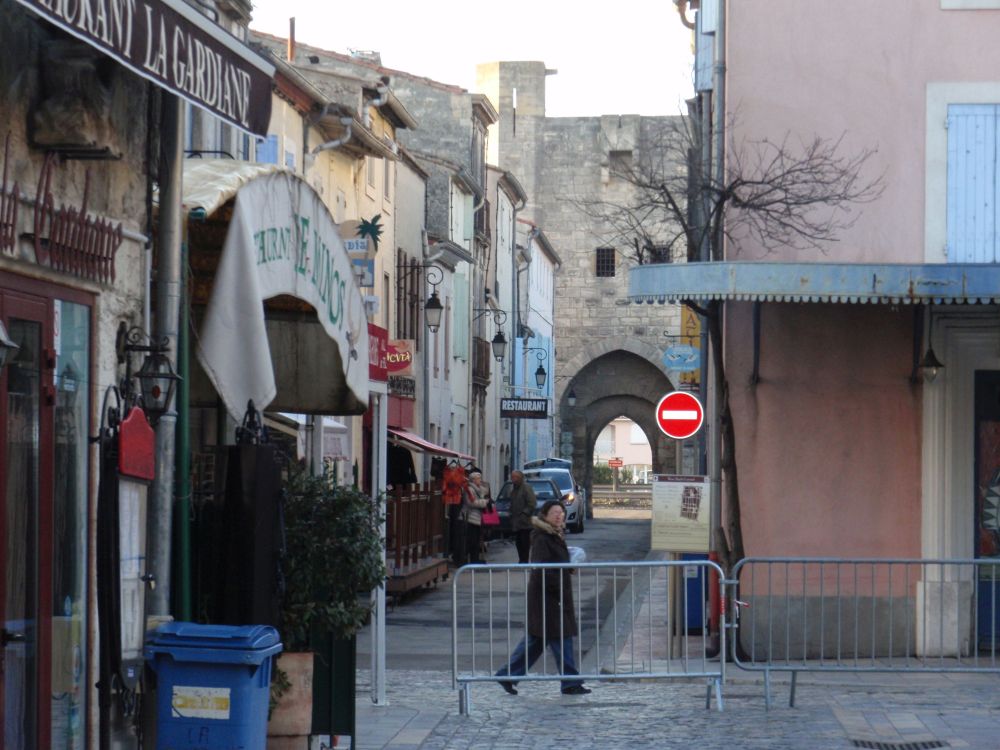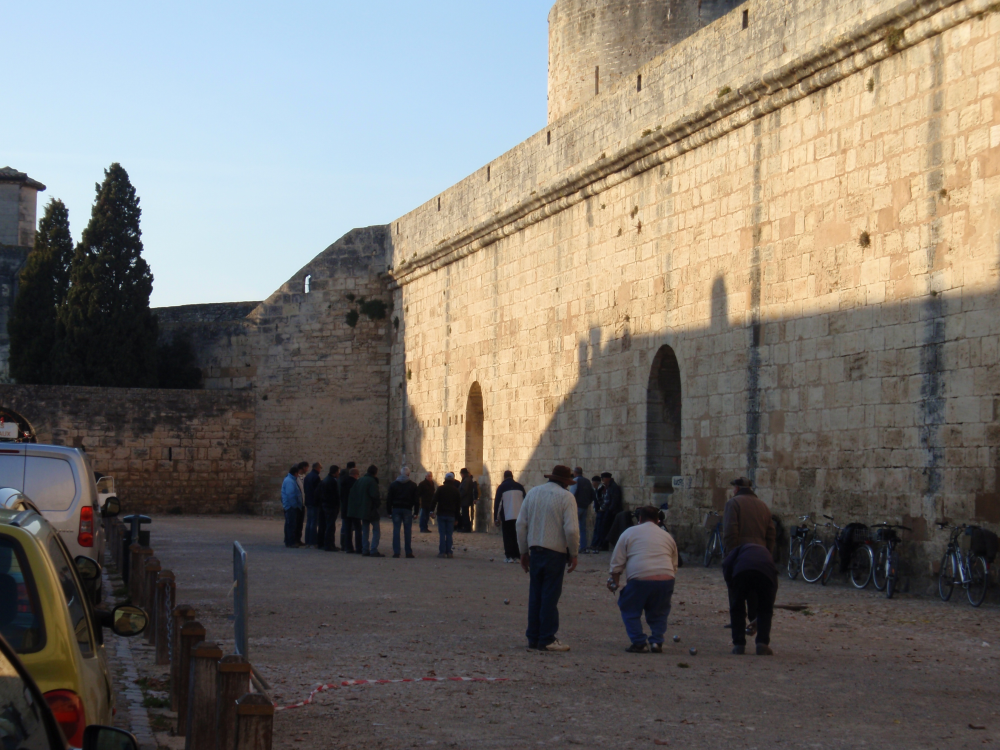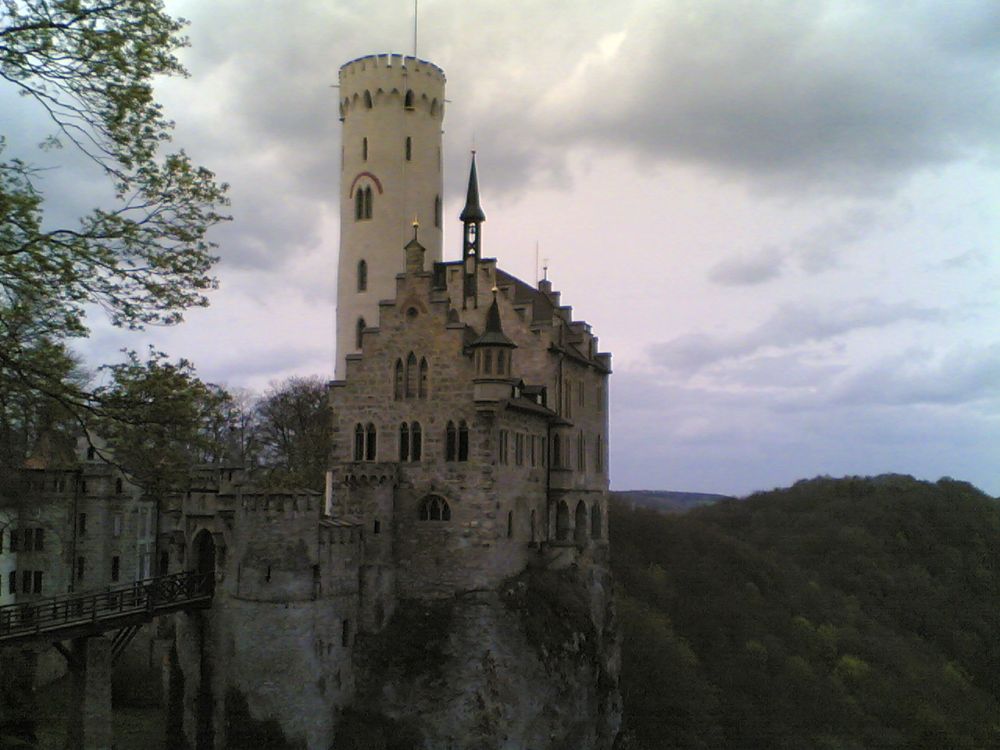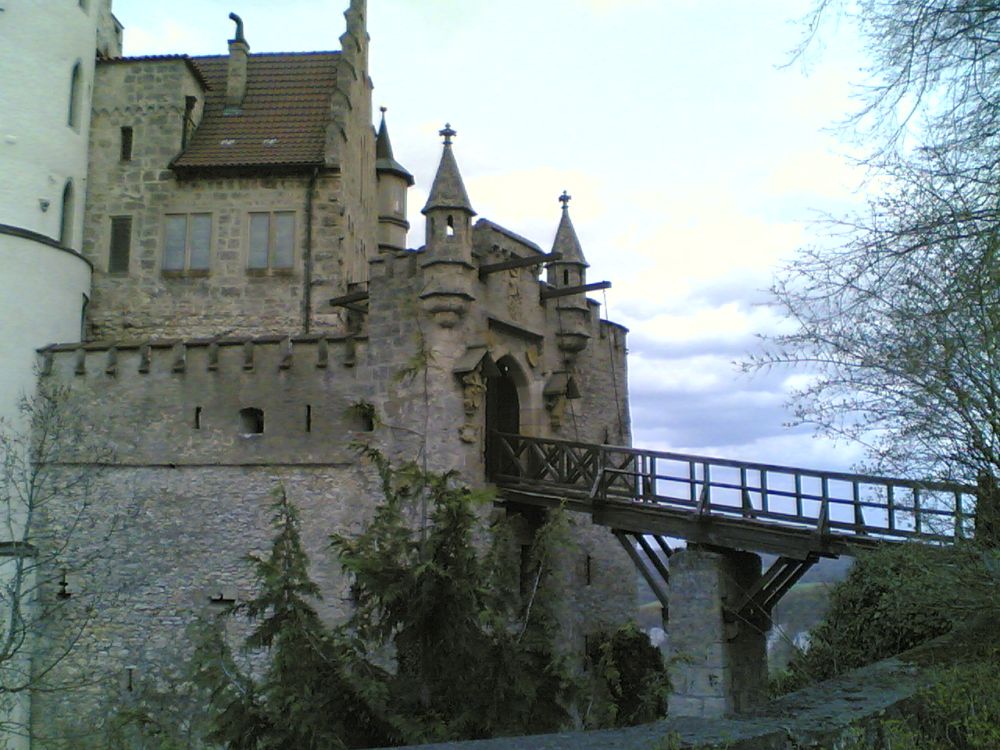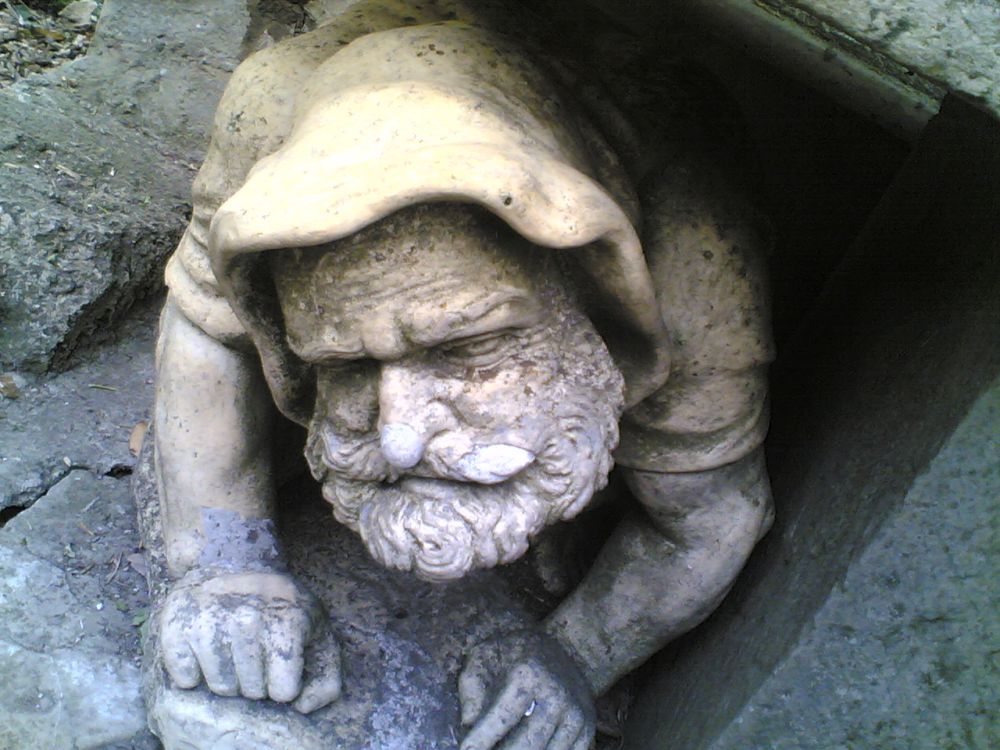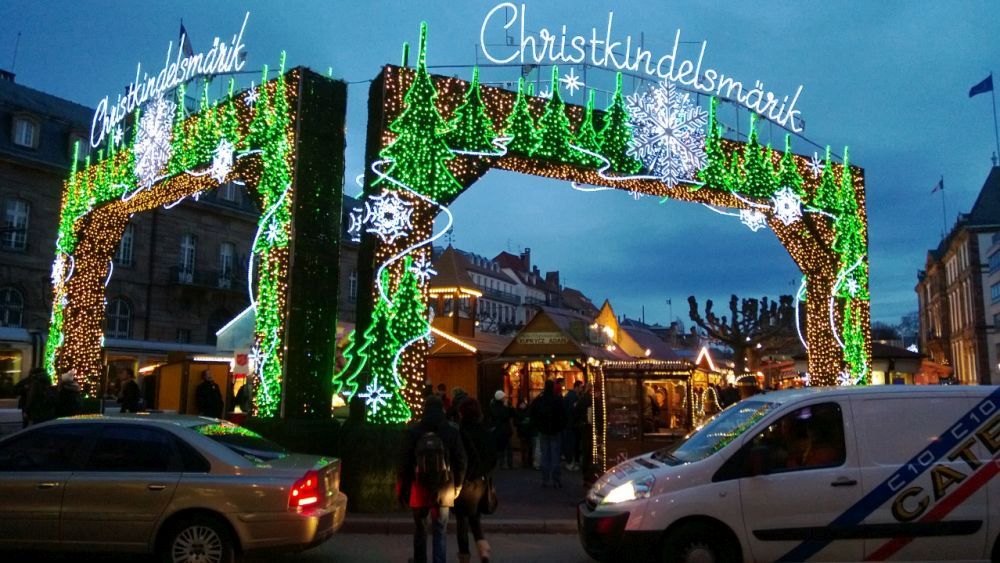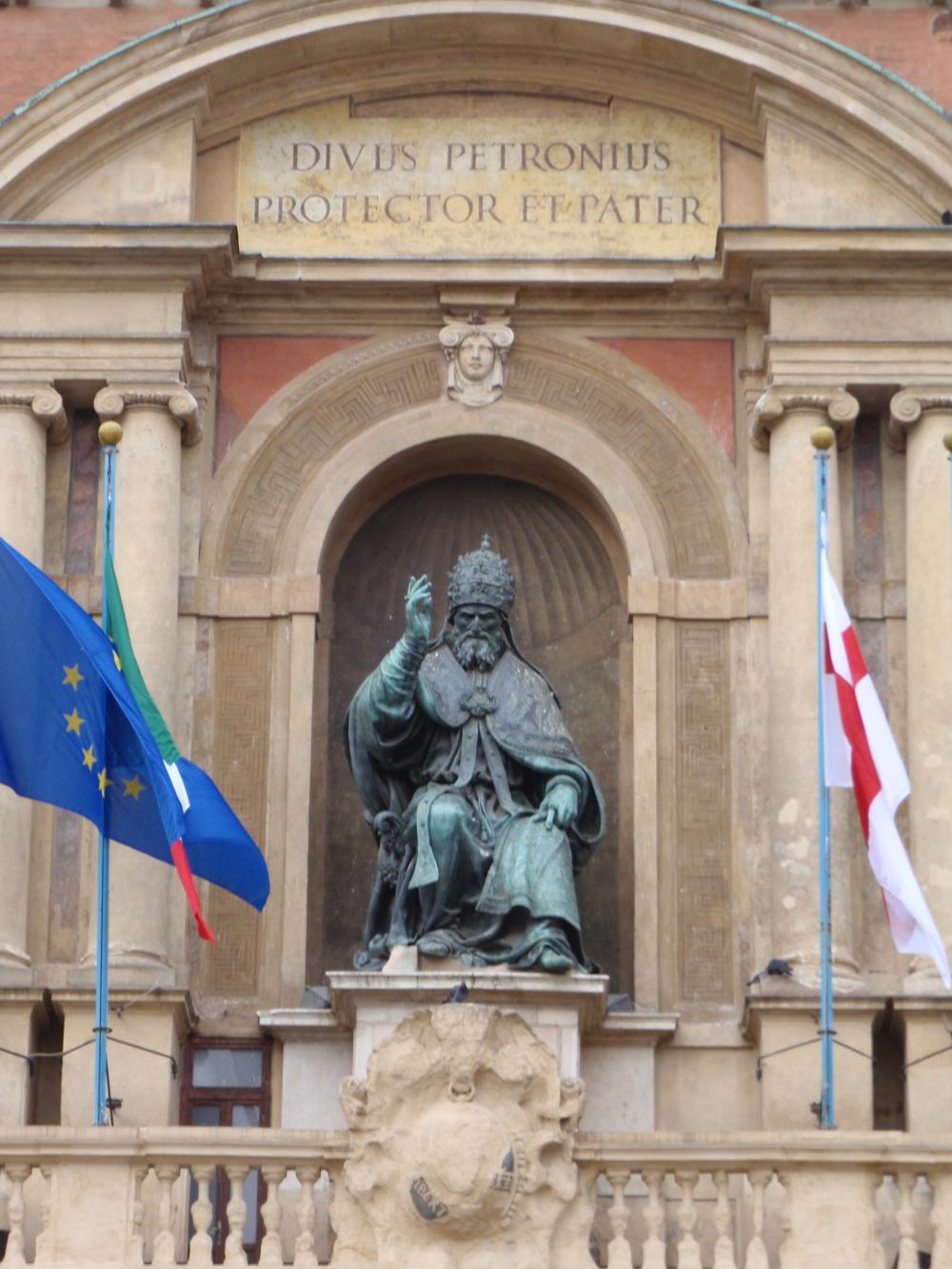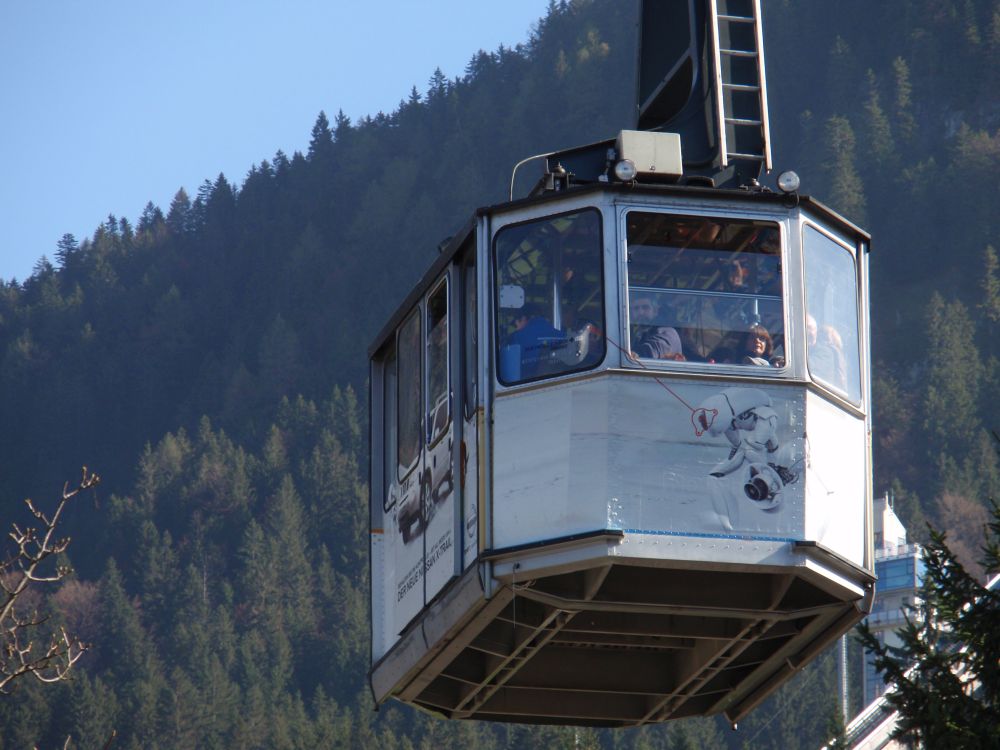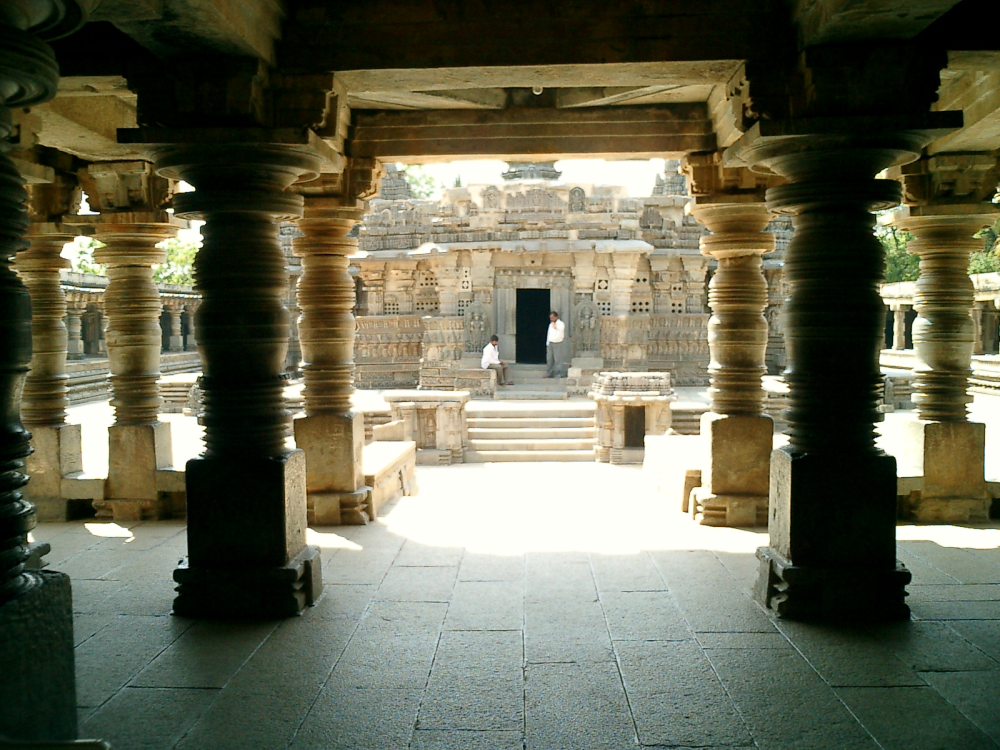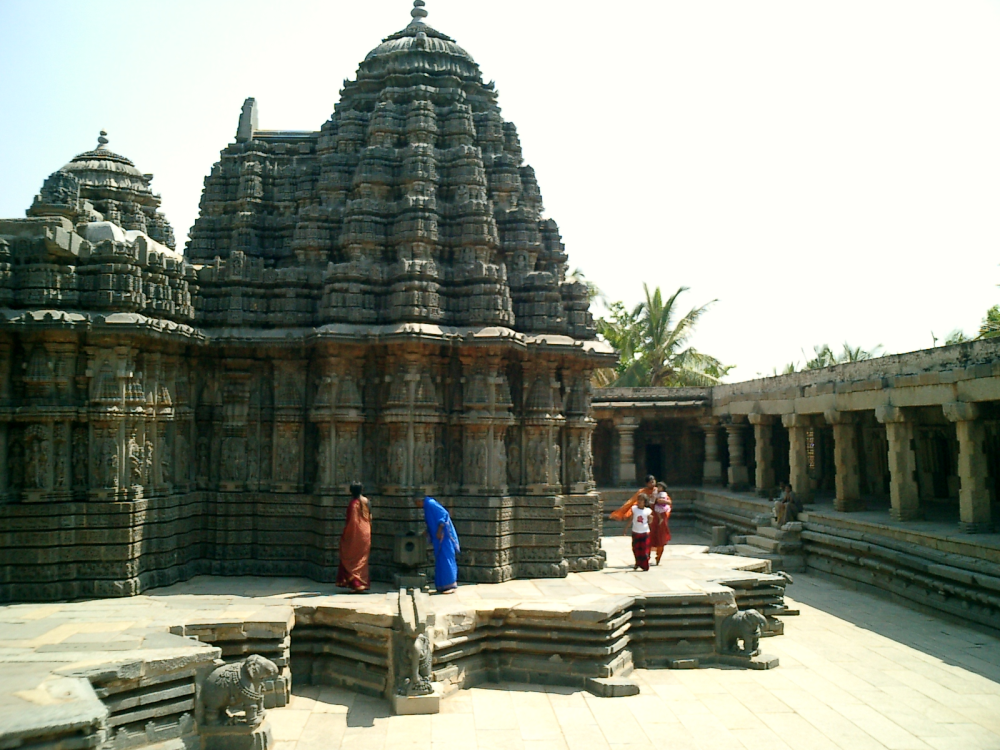Author: kenritley
Surveying Switzerland
Manhattan Bridge
This is the Manhattan Bridge, and with its clean lines it actually one of my all-time favorite bridges. Built around 1909, it is actually the world’s first bridge to use reinforced concrete.
A not-so-useful matrix about intercultural differences
Lady Liberty
Sheep, heath, gorse, moors – and high-tech radar!
Recently a friend took me on a tour of Yorkshire, England, including the famous Yorkshire Moors. But the most stunning part of the landscape was a huge radar installation, operated as part of a giant system deployed in the Cold War to protect the U.S. against nuclear missles:
At first, it was a bit difficult for me to understand why a radar installation in northern England would be much use to safeguard the U.S. But when you look at how the different systems overlap, it becomes quite clear:
Solothurn Seagull
A seagull cruises the Aare River in Solothurn. In the background you can see the the St.-Ursen-Kathedrale:
Solothurn is both a village AND a canton (national state) in Switzerland, and it’s name dates back to around the year 0 AD, where it was known by the Romans as Solodurum – so it is amazing how things like names can persist over thousands of years! And you won’t find many German speakers here: like most areas in this part of Switzerland, the locals speak the Bernese version of Alemannic (a more advanced, evolved version of high German).
World’s most amazing church?
This is one of my favorite photographs that I took of a church in the Christian Quarter of Jerusalem. But this is no ordinary church. This is the Church of the Holy Sepulchre:
There are so many amazing things associated with this church – my blog is too small to hold them all! Top of the list: Christians will immediate cite this as the location where Jesus was crucified, and where his empty tomb was discovered.
By my favorite fact is an historical one, not a religious one. The Church is locked in the evening and opened again in the morning, and the holders of the key (the lockers / unlockers, if you will) have come from the same family (the Nusaybah family) and have been doing this job since the seventh century. Amazing! I’ve found the best place to read more details about this amazing story is the wonderful book by Simon Montefiori, entitles Jerusalem: the Biography.
Swiss barn
Indian Aqueduct
If there is one thing that India has done longer and better than just about any other country, it is innovative aqueducts. Some of the most famous aqueducts are centuries old, such as in the historical city of Hampi; others are still intact after hundreds of years, dotting the rural Indian countryside.
And some of them are quite modern, such as the Varasun Aqueduct:
Helping to provide valuable water from the Kaveri River to farmers as part of a much longer (135 km) canal, the aqueduct is 1.8 kilometers long and towering at an unbelievable height of 16 m.
Poachies
Even though we are living in the 21st century, and have been for some time, still from time to time I discover something so simple yet so mind bogglingly cool:
A True World Wonder – ಶ್ರವಣಬೆಳಗೊಳ
In my opinion, the 60-foot-tall statute of the Indian god Bahubali (sometimes called Gommateshwara), carved out of a single piece of granite and located high on a mountain, is without doubt one of the most amazing things I’ve ever seen.
Here’s the top part of his body – and if you look closely, you can see the visitors on the tower just above his head:
Here is the lower part of his body – and again, be sure to look at the size of the people near his toes:
But if you want to visit ಶ್ರವಣಬೆಳಗೊಳ, also known as Shravanabelagola, it won’t look like these pictures. I was VERY fortunate and priviledged to be able to visit during the Jain religious ceremony called Mahamastakabhisheka, which is only held every 12 years!
Unfortunately, there is so much about this holy site that I do not know. I’ve never been able to find any documentation about who created the statute and why, how long it took, and how they managed to transport it intact up a very high and very steep mountain.
Prime Meridian in Spain
The Prime Meridian is the universal definition of 0-degrees longitude – but did you know that until recently, there were different prime meridians in use, such as the Greenwich PM and the Paris PM? I only learned this a few minutes ago, when posting this picture I took on the AP-2 highway, near Candasnos Spain between Zaragoza and Barcelona:
You can see the Cypress trees on both side of the arch, which are a well known sight in southern Europe.
It is wonderful that the Spanish would build an arch – but it is a bit sad they didn’t also add a turnoff, so that you could stop and enjoy the moment less fleetingly.
Indian art
A very secluded medieval town
If you’ve ever visited the very end of the Mississippi River, then you know how it is: a truly exciting environment, unbelievably remote, and visited by very, very few people.
The medieval town of Aigues-Mortes is the French equivalent. It’s a beautifully preserved medieval town, in the French region known simply as The Camargue, where the Rhone River forms a delta emptying into the Mediterranean Sea:
Interestingly, this is the spot where famous 7th Crusades were launched in 1248. But today the locals are more interested in shopping for bread
or bowling
rather than marching on Jerusalem!
Schloss Lichtenstein
This is Schloss Lichtenstein, also known as Lichtenstein Castle, in Southern Germany:
Interestingly, it is not a very old castle, as far as castles go. Everything you see here was built around 1840:
And that probably explains why the stone figures are in such good condition:
Peepal tree in Goa
Continuing the series, if I see a peepal tree somewhere, you can be sure I’ll take a picture of it. I found this one in Goa:
Christkindelsmärik
Unless you’ve been to Germany, you may not know that the German towns and cities all have Christmas markets in the weeks preceding Christmas, filled with stands where you can buy small gifts and stalls selling food and Glühwein (a hot mulled wine).
That’s the nice part. The not-so-nice part is: Christmas markets and Christmas itself in Europe doesn’t have the history of music that you find in America. I always think Christmas in Germany could be improved with more traditional music.
But anyway, the best known market is not in Germany at all, but in Strasbourg:
And if you have good eyes you will have spotted that it’s not Markt but Märik, which is the word for market in the Alemannisch language – less commonly spoken in Strasbourg today, but still the lingua franca among Switzerland’s many unique dialects.
Amazing Bologna
While most tourists flock to Florence, I’ve always found Bologna to be more fascinating.
Here’s a good example: any visitor to Bologna would surely see this sight and think they are looking at Saint Petronius:
It even says so right above his head: Petronius, Protector and Father. But in fact this is a statute of Pope Gregory XIII! When the French invaded Italy in 1796, the locals took to subterfuge rather than destroy what, even at that time, was a very precious piece of art. Later on, after the French left, nobody bothered to change the inscription in the plaque.
You can also find plenty of gruesome statues in Bologna, like this one:
Skilift near Bregenz
Statue in Florence
Somanathapura’s Chennakesava
There were two amazing things I remember about the Chennakesava Temple, just outside of Mysore. The first is how incredibly well preserved it is, considering it is 800 years old.
No matter where you live in India, it is amazing that the locals over the centuries have treated the ruins with such respect, so that so much is intact today.
But the most amazing thing I remember: this was my first experience at understanding how tough and robust people’s feet can become, if they spend enough time walking barefoot. The temperature of the ground was well over 60 C = 140 F, and yet this family showed no discomfort at all:
My guests and I could not spend more than just two or three seconds on the pavement in our bare feet. After I lived for a few years in India, spending most of my time barefoot, so too did my feet become tough and calloused – I once measured the thickness of my callouses and it was nearly 3/16 of an inch in some places – but I’m still not sure I could have done this!
What is just amazing is that most people living in the modern world, wearing modern shoes, have no idea about some things the human body was really designed to do!
Tramway de Strasbourg
A tram stopped at the Place de l’Homme du Fer:
Amazing pilgrimage site – Lourdes and UFO’s
I’ve long been fascinated with pilgrims and their pilgrimages – people who are so devout as to make substantial investments of time and money and effort to visit religious sites.
Recently I visited arguably the oldest pilgrimage destination in the western world, and you can see my pictures here: Santiago de Compostela. It’s tucked into a remote corner of Spain, and even today it requires quite some time and effort to reach.
And this is an equally famous pilgrimage destination, Lourdes:
Just like Santiago de Compostella, Lourdes is in a very remote section of France. Even with an automobile, it is very difficult and time-consuming to reach.
As I usually do, I visited during the off season, in the middle of winter. Except for one family, I was alone in the entire complex which has grown in size to host tens of thousands of visitors each day. The pious believe that the spring water that flows out of a cave is holy and can cure illness – and it’s amazing to see the huge engineering effort, in which this water is diverted into channels so that the pilgrims have easy access. For a one euro donation you can buy a little glass water bottle.
A connection with UFO’s?
What I find most fascinating about Lourdes is the story of the apparition. In 1858 a peasant girl reported seeing a number of apparitions of a woman. Here’s the amazing part: she never attributed the apparitions to Christian figures or the Virgin Mary; she only reported seeing an apparition. It was other people in the village who assumed that what she saw was the Virgin Mary.
A few years later, in Portugal, three children also reported seeing the apparition of a woman; like the apparition at Lourdes, this was later attributed to the Virgin Mary (Our Lady of Fatima).
So . . . could it be that the peasant girl in Lourdes, and later the three children in Portugal, witnessed something extraterrestrial in origin – or perhaps a time traveller from the future? Some people believe so, and you can read more about it here.
INdog
While I lived in India I had an adopted dog. This looks like him, but this is not him:
These dogs are a common sight everywhere in India. They are called Indian Pariah Dogs, or INdogs for short, and sadly, most Indians I’ve met seem quite unaware just how remarkable these creatures are.
First of all, many scientists believe they are the oldest breed of dog in the world.
Second, no matter how hard humans try to control their population, still the INdogs win in the end, and the INdog population always rises or falls in tune with the available resources.

